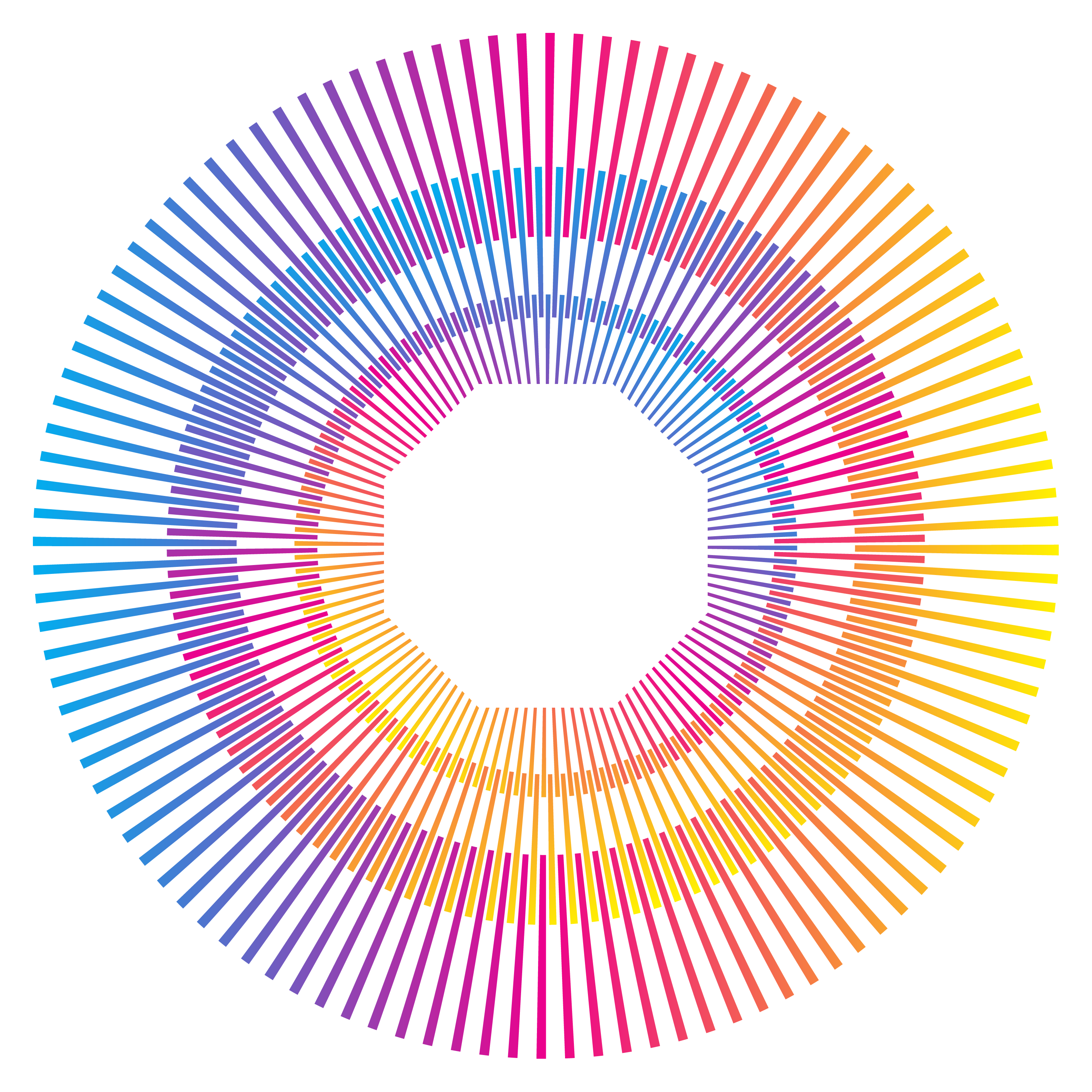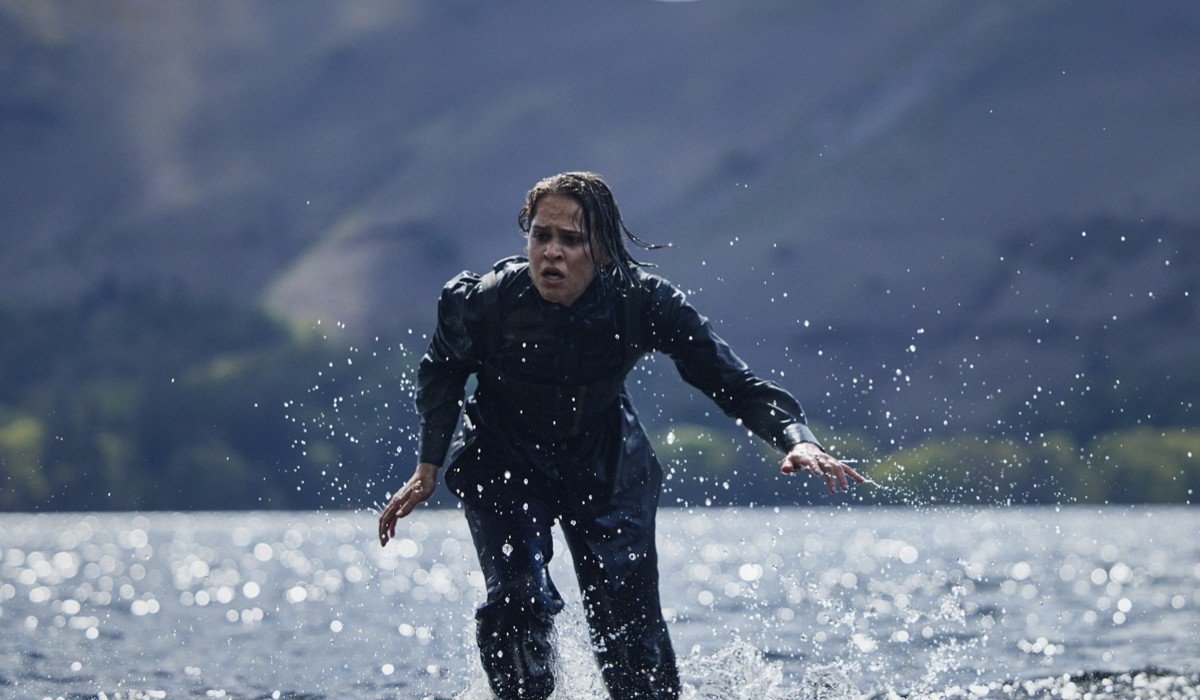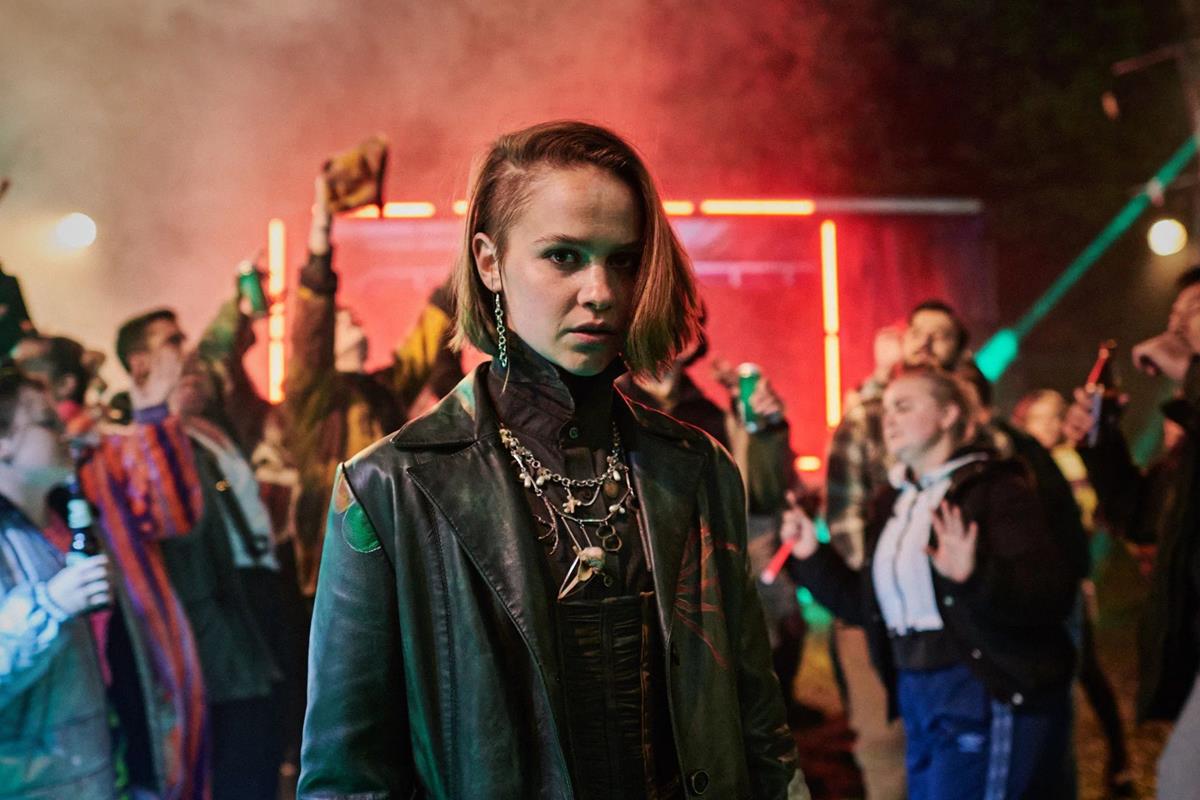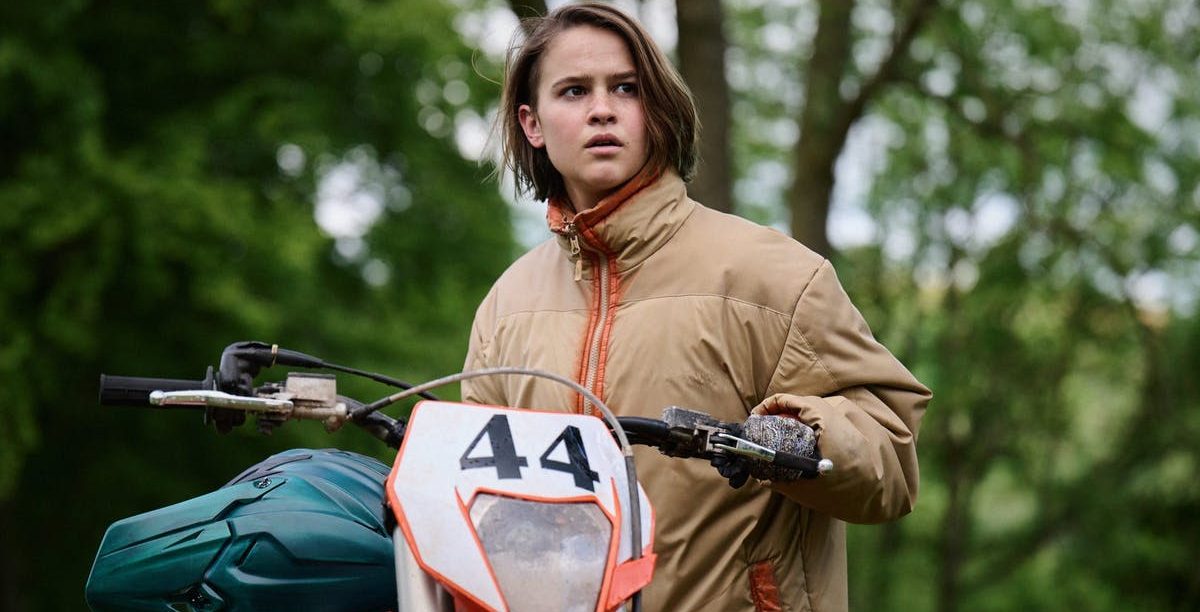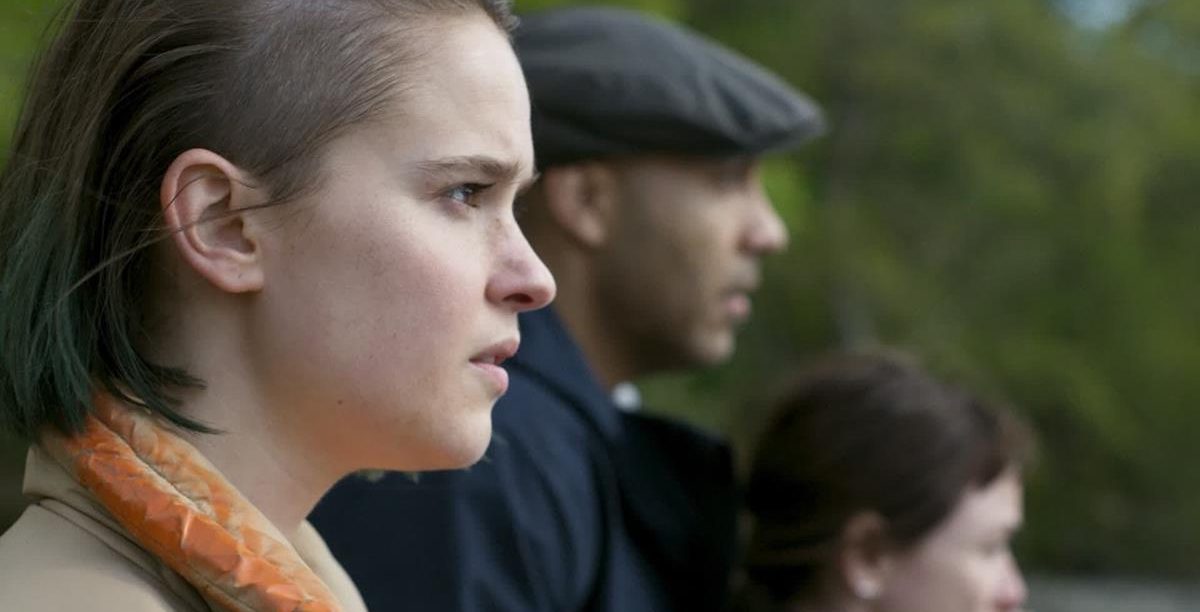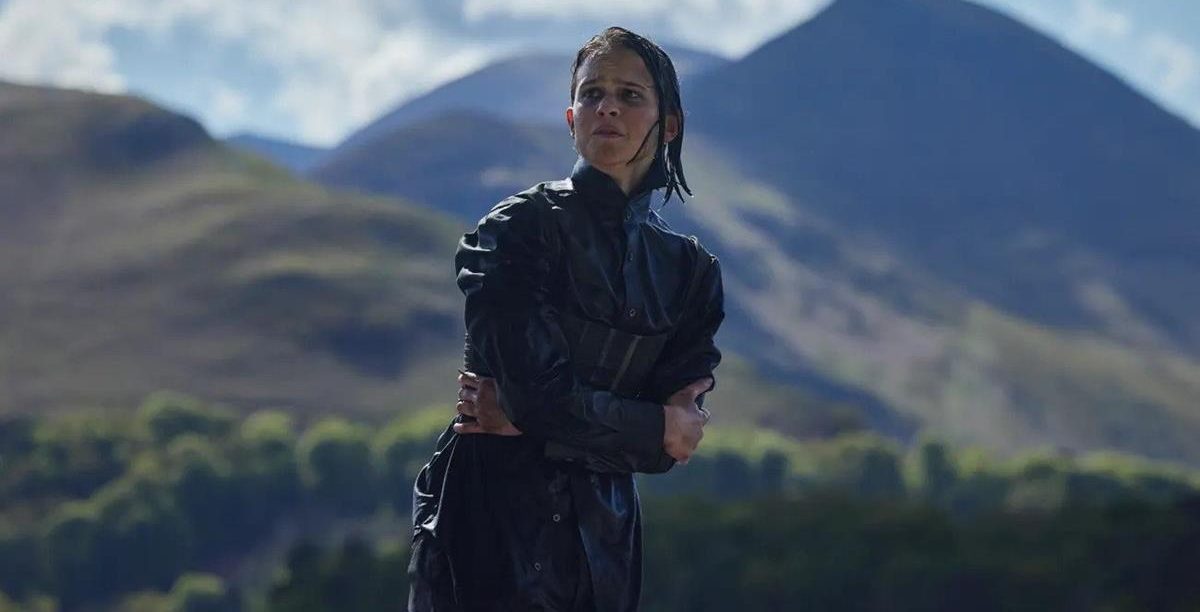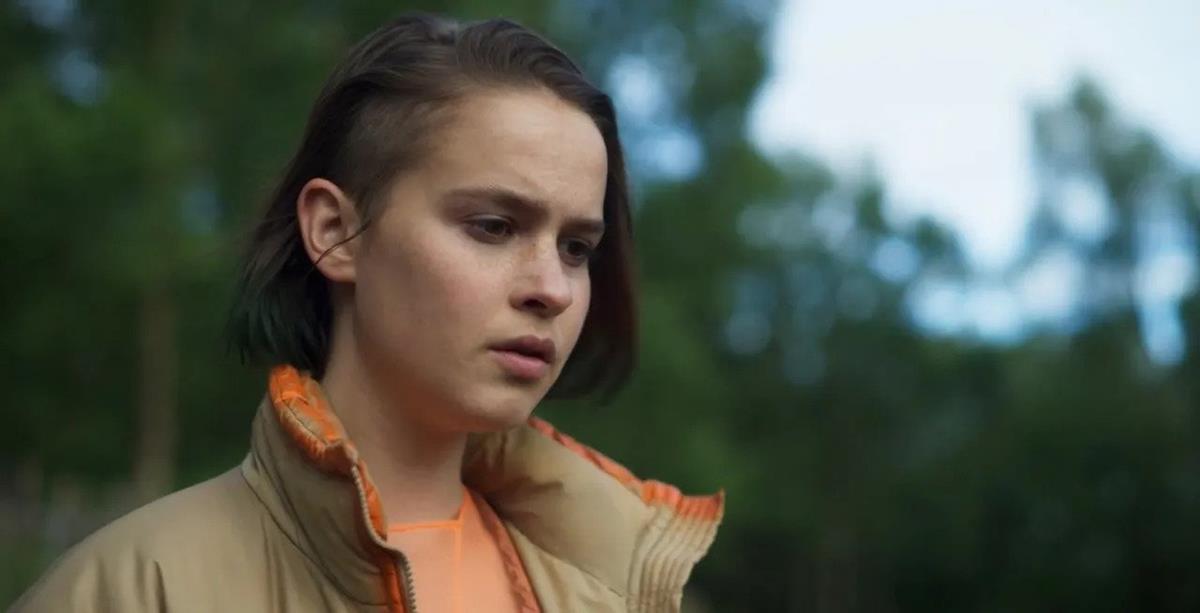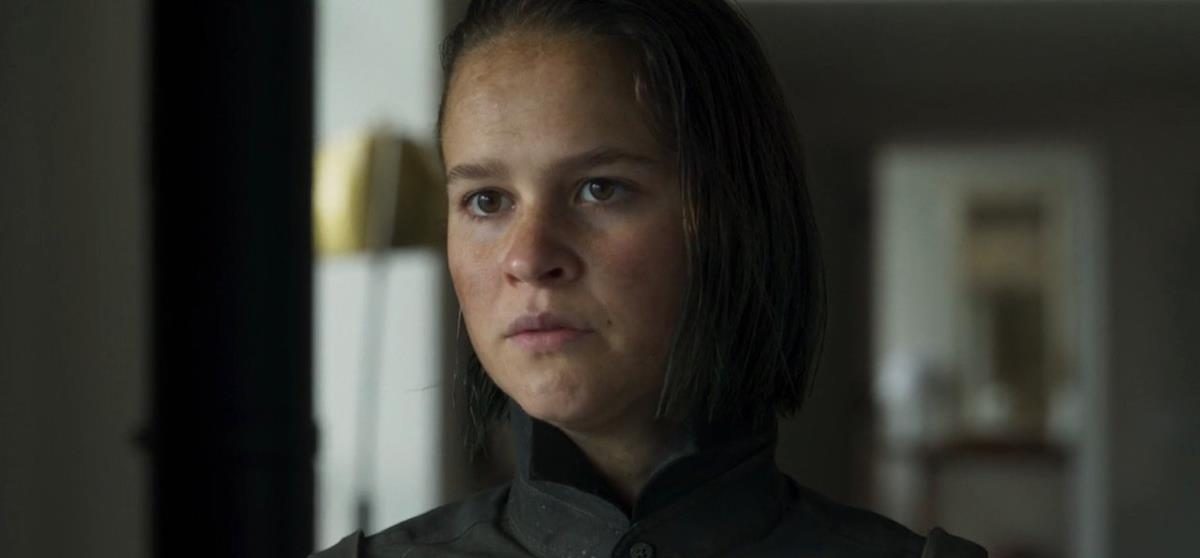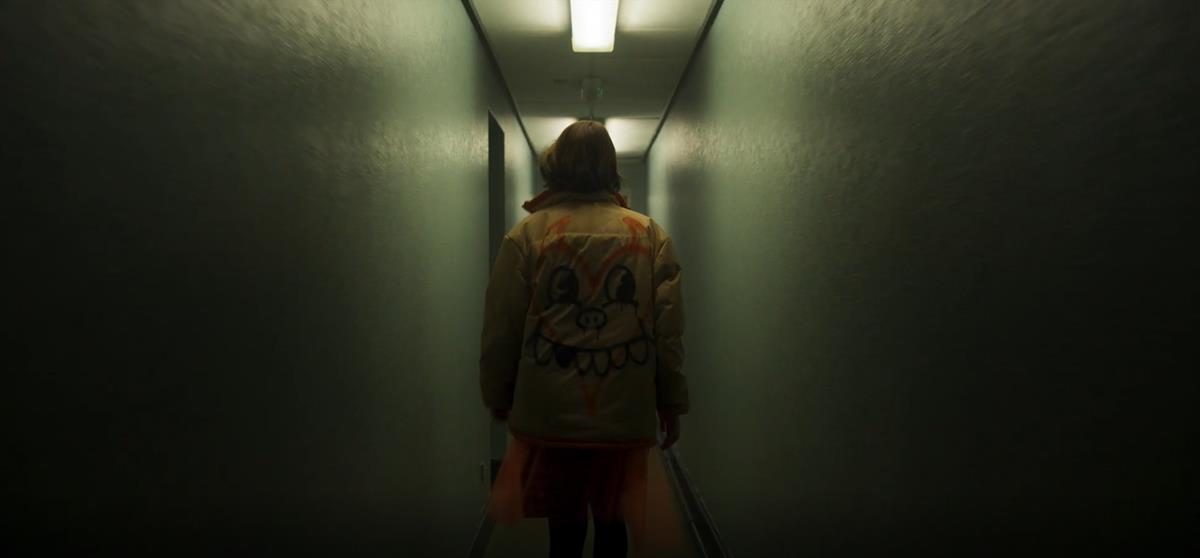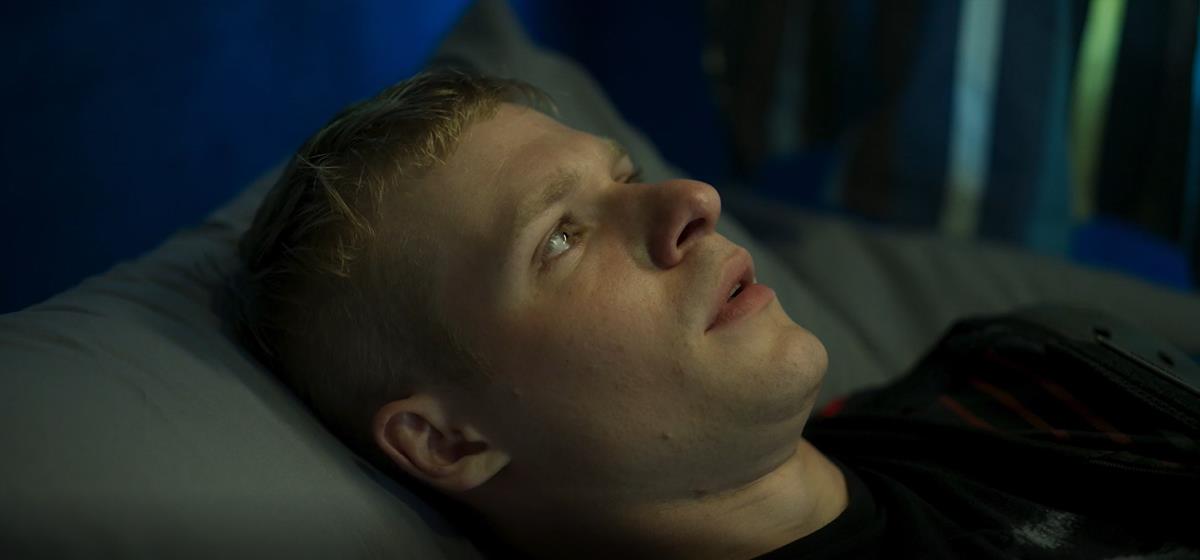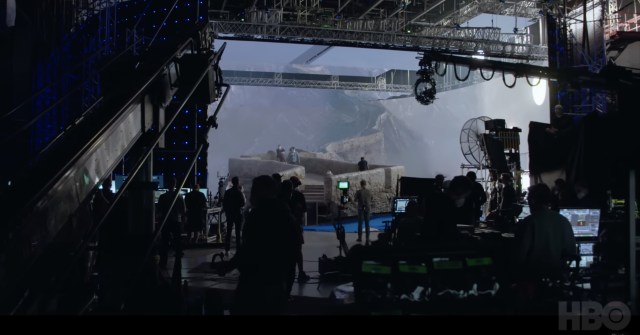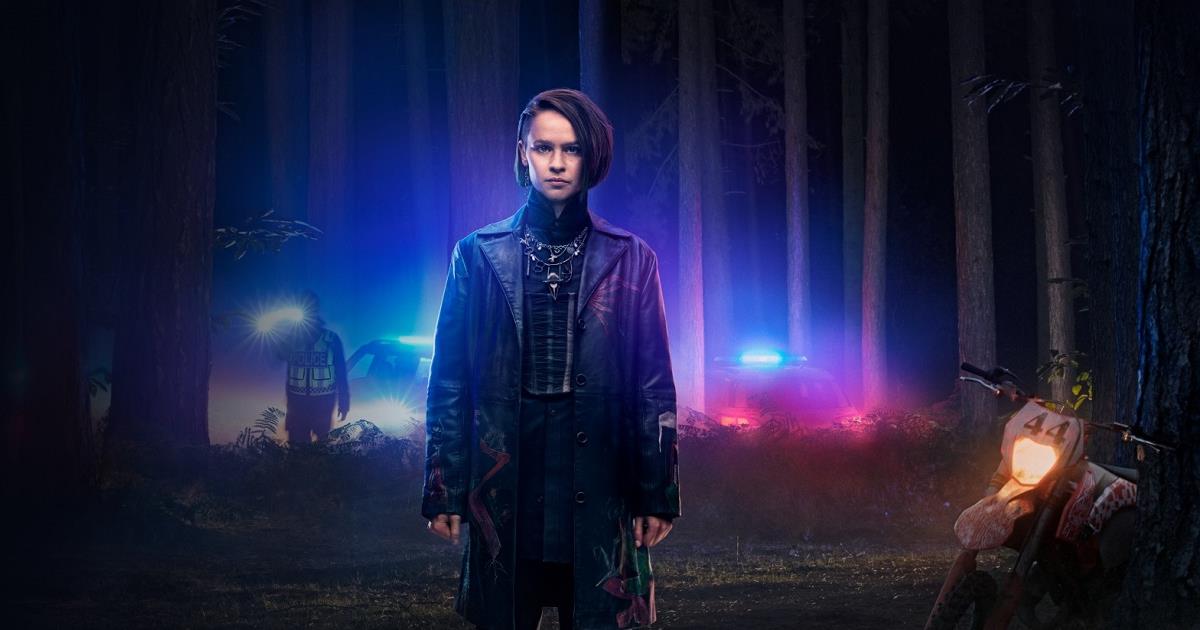
James Franklin, virtual production supervisor at Sky Studios — Sky’s original programming arm — explains how supernatural crime thriller The Rising took advantage of ARRI Stage London’s automation and playback systems.
Although the Sky Original series had initially decided on virtual production for safety considerations, shooting in an LED volume enabled the production team to push their creative storytelling further, even within a tight timetable.
“Motocross features heavily within the storyline. The lead character, Neve Kelly (Clara Rugaard), rides along country roads at night or alongside her father’s car, and even takes part in a fast-paced track race,” Franklin explains. “Ed Lilly directed these scenes and wanted tight close-ups to capture the drama and emotions throughout, so even with stunt training, we decided it would be too dangerous to try and shoot on location.”
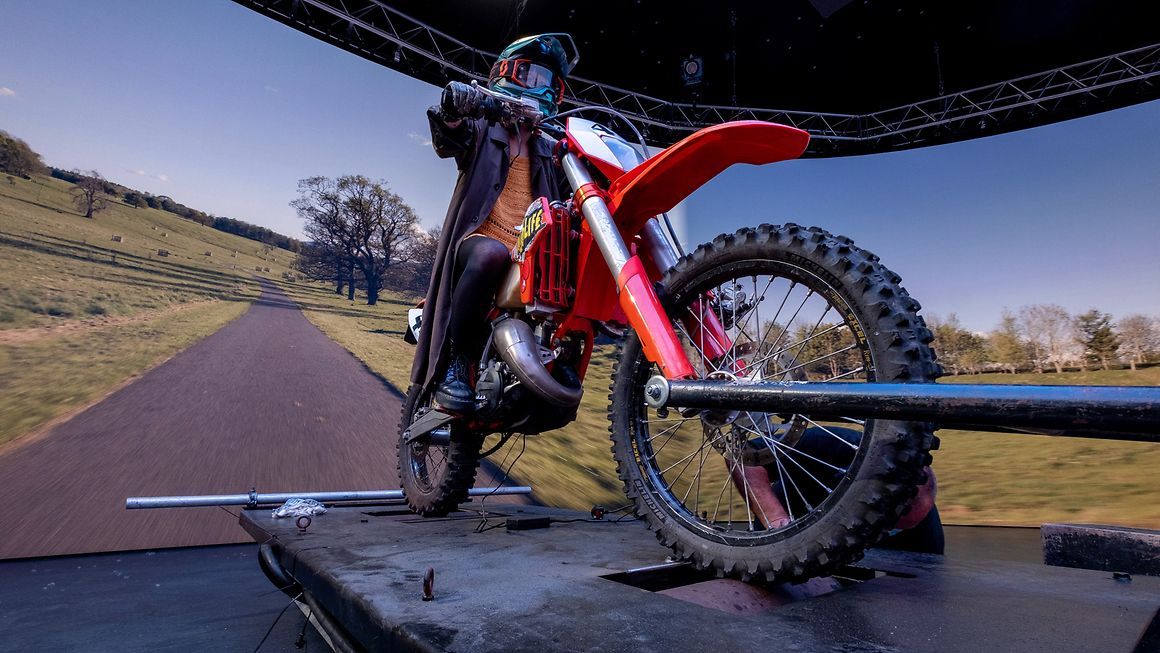
Production took place at ARRI Stage London in Uxbridge, a 708-square-meter mixed reality facility developed in partnership with Creative Technology. The team had seven different setups to complete in just 11 hours. “It was certainly a massive challenge, but the thoughtful design and engineering of ARRI Stage London meant we could move swiftly between scenes by taking advantage of the stage automation and playback systems,” Franklin continues.
“We had to plan out the shots meticulously to suit the talent’s schedules and maximize the shoot day. The benefit of a virtual production environment is that you can reset in a matter of moments and be ready to go again with exactly the same lighting conditions and continuity.”
2D plates pre-shot on location were uploaded to the facility’s LED wraparound walls and ceiling to provide a photorealistic backdrop. These were complemented with professional lighting fixtures from ARRI, including SkyPanels and Orbiters to provide authentic skin tones and highlights.
To create the dynamic and intense atmosphere needed for the nighttime road scenes, director of photography Dale Elena McCready, BSC employed a dolly that could be pushed right up to the bike. For the race scenes, the team also used a body-mounted suspension rig, which created a shaking and juddering feel as the bikes sped over bumps and other obstacles in the course.

“It was a fantastic combination. Clara could react to the riders and action happening all around her, and Dale could put her front and center of the shot, capturing every little flicker of emotion and creating something very visceral and almost intimate within an action scene,” Franklin recounts. “There’s just no way that you could get those types of shot with a moving bike, let alone several all vying for pole position on a dirt racetrack.”
As each setup was completed, an on-set editor dropped the shots straight into the timeline, allowing McCready and Lilly to ensure that they were satisfied with how the scenes looked and also how they matched the location-based shots on either side, accelerating the postproduction workflow.
“This was the first time that Ed had shot in a volume and it’s fair to say he enjoyed the process,” Franklin concludes. “Although there is a lot of integration and technical expertise going on behind the scenes, for the DP and director it doesn’t take long to get used to the environment. That leaves them free to focus on the performance, and even empowers them to try out options that may not have been possible, due to time, budget, or safety constraints on location.”
“ON LOCATION” AT DRAGONSTONE BRIDGE
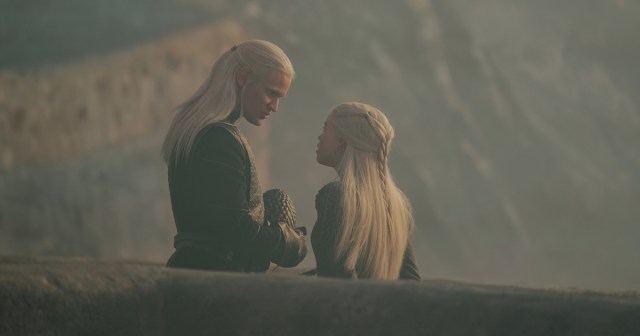
Boasting more than 2,000 LED screens and 92 motion capture cameras, HBO’s Game of Thrones prequel House of the Dragon employed the world’s largest LED volume to create the show’s epic locations.
“It’s like something from NASA,” marvels co-executive producer Greg Yaitanes, who directed episodes 2, 3 and 10.
In the video below, watch the cast and crew discuss their experience working on an enormous volume set, and how the vastly complex Dragonstone Bridge setting was brought to the screen:
Understand the ABCs of Virtual Production with The Virtual Production Glossary
Virtual production techniques and technologies have taken Hollywood by storm, making VP the single hottest topic for everyone from broadcasters, studios and streamers to independent production and post-production facilities. Get a handle on virtual production techniques and terminology with The Virtual Production Glossary, which was made possible with the support of the Visual Effects Society, the American Society of Cinematographers, Epic Games, and Netflix.
Designed to document terminology, definitions, and describe roles actively used in virtual production, The Virtual Production Glossary was written and edited by Noah Kadner, Addison Bath, Michael Keegan, David Morin, Miles Perkins, Ben Schneider, and Sebastian Sylwan, VES, and was created with the input of numerous industry professionals who generously provided their time and expertise, including Ben Grossmann, Casey Schatz, Girish Balakrishnan, Matt Rank, Adam Davis, Brittany Montero, Curtis Clark, ASC, Stephen Rosenbaum, Dane Smith, John Refoua, ACE, Kim Richards, Matt Madden, Michael Goi, ASC, Phil Galler, Rob Legato, ASC, Susan Zwerman, VES, Wyatt Bartel, Fae Corrigan, Vlad Bina, Steve May, Haarm-Pieter Duiker, Fernando Rabelo, Rhiannon Murphy, and Heather McCann.
In addition to providing an alphabetical list of terminology, The Virtual Production Glossary is also searchable by category, including Cinematography, Editorial, Volume Operations, and VFX.
The database of virtual production terms contained in the glossary is made available under the Creative Commons CC-BY-4.0 license. You can download a handy PDF version of The Virtual Production Glossary HERE, and guidelines for submission of entries and additional feedback can be viewed HERE.

